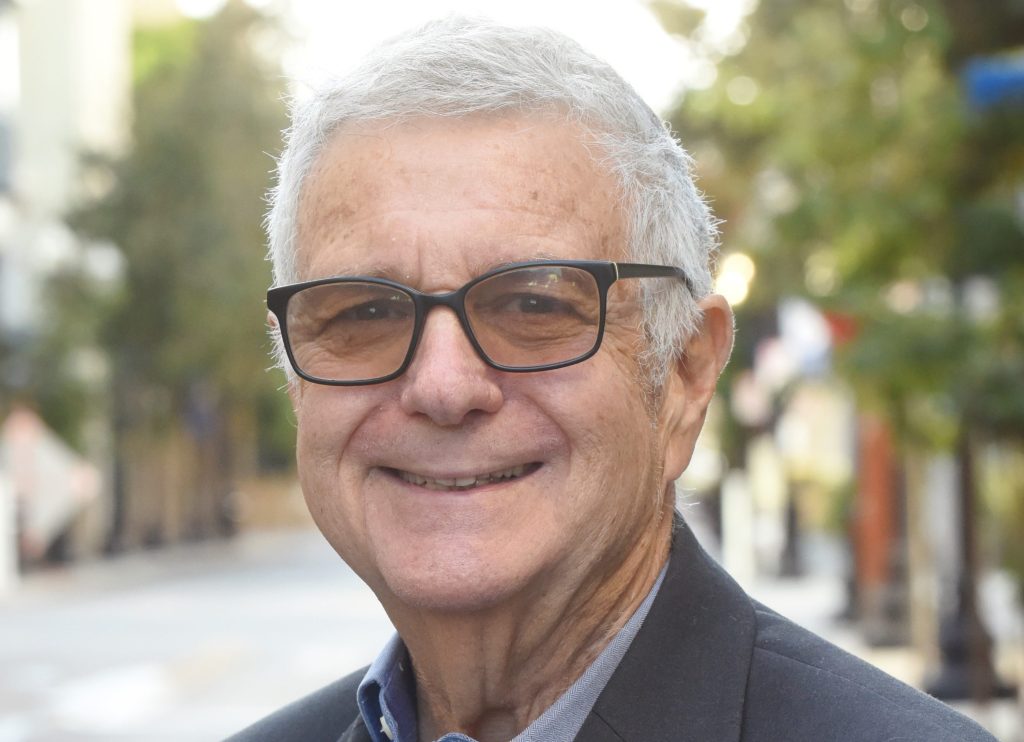
As of this week, teens can join Meta Horizon Worlds with safeguards in place to help protect young users from some of the risks associated with virtual reality. I’ll have more on that later, but first, a little history behind Meta’s transformation into a social VR platform company.
In 2014 the company then called Facebook acquired Oculus, the leading provider of virtual reality headsets. A year later, Facebook CEO Mark Zuckerberg was already talking about integrating social networking into VR at Facebook’s annual developers’ conference where I witnessed a demonstration of people in different locations not only having social interactions, but remotely playing games – like ping-pong– using their headsets and handheld controllers to play almost as if they were in the same location.
At that point, social VR was mostly a concept, but it didn’t take long for it to become a reality. In 2019, the company announced it was developing Facebook Horizon, which TechCrunch described as “a virtual reality sandbox universe where you can build your own environments and games, play and socialize with friends or just explore the user-generated landscapes.” Two years later, Facebook Horizon was renamed Horizon Worlds and released to anyone over 18.
Around the same time, Zuckerberg announced that Facebook was changing its name to Meta to reflect the company’s commitment to “the metaverse.” The term metaverse incorporates VR, augmented reality and other forms of “mixed reality” where gaming, social experiences and even work escape from the limited 2-dimensional world of PCs and phones to a 3D world where you can interact with others.
Horizon Worlds experience
Most of my time in VR has been spent in Meta Horizon Worlds, where anyone can create their own virtual world. Some of those worlds are developed and managed by Meta, others by third-party companies and organizations and some by individuals. The main entry point to Horizon Worlds is a plaza where you can get acquainted with social VR, learn from Meta guides and interact with random people you encounter.
Until Tuesday, you and your fellow visitors to these virtual worlds were supposed to be adults over 18, but it was obvious to me that there were plenty of minors there. Even though you can’t see the actual people – just their avatars – you can hear their real voices and observe their behavior, so it’s pretty easy to distinguish children from adults.
In other words, despite the rules, kids were getting into Horizon Worlds with or without their parents’ permission. But because the service was designed for adults, there were no safeguards or experiences designed specifically for younger users.
Open for teens
Children under 13 are still officially not allowed to use Horizon Worlds, but the service is now open for teenage users. Although I recognize there are risks to teens (and adults, too) in VR and any other form of connected technology, it was a good move by Meta, because it enables the company to create teen-specific safeguards and experiences, including tools to help parents monitor and supervise use of the interactive service.
To help reduce risks, my nonprofit, ConnectSafely, has been working with Meta on recommending safeguards and on a Parent and Guardian Guide to Meta Horizon Worlds and a companion 2-page Quick-Guide for Parents and Caregivers along with a video interview with one of Meta Horizon Worlds safety experts. You can find all of these resources at connectsafely.org/horizon/.
As we say in our Quick-Guide, “possible risks include unwanted or inappropriate contact and communication, inappropriate content for children and teens, false information and propaganda, cyberbullying and harassment, grooming and sexual solicitation that could lead to online sexual abuse or harmful offline contact.” We also point out that “VR adds greater immersion, which can lead to a more visceral reaction to such things as harassment or simply having someone’s avatar get too close to yours.”
The second page of our Quick-Guide lists various safety features and settings that all parents and teens need to know, including setting up a “safe zone” to pause the action if you feel uncomfortable and creating a personal boundary to keep other avatars at bay. It also discusses how to mute others and block and report anyone who is abusive.
Of course, we can’t eliminate all risk, which is the case for nearly everything in life. But we can greatly reduce the chance of something going wrong by following some basic safeguards and by parents paying attention to how their kids are using technology like Horizon Worlds. Over time, we may discover additional risks as well as additional benefits from VR, including the integration of VR and AI, which can create even more immersive experiences. For that reason, everyone, including regulators, needs to keep an eye on VR, AI and any other powerful technologies that will impact our lives.
Larry Magid is a tech journalist and internet safety activist.
𝗖𝗿𝗲𝗱𝗶𝘁𝘀, 𝗖𝗼𝗽𝘆𝗿𝗶𝗴𝗵𝘁 & 𝗖𝗼𝘂𝗿𝘁𝗲𝘀𝘆: www.mercurynews.com
𝗙𝗼𝗿 𝗮𝗻𝘆 𝗰𝗼𝗺𝗽𝗹𝗮𝗶𝗻𝘁𝘀 𝗿𝗲𝗴𝗮𝗿𝗱𝗶𝗻𝗴 𝗗𝗠𝗖𝗔,
𝗣𝗹𝗲𝗮𝘀𝗲 𝘀𝗲𝗻𝗱 𝘂𝘀 𝗮𝗻 𝗲𝗺𝗮𝗶𝗹 𝗮𝘁 dmca@enspirers.com


